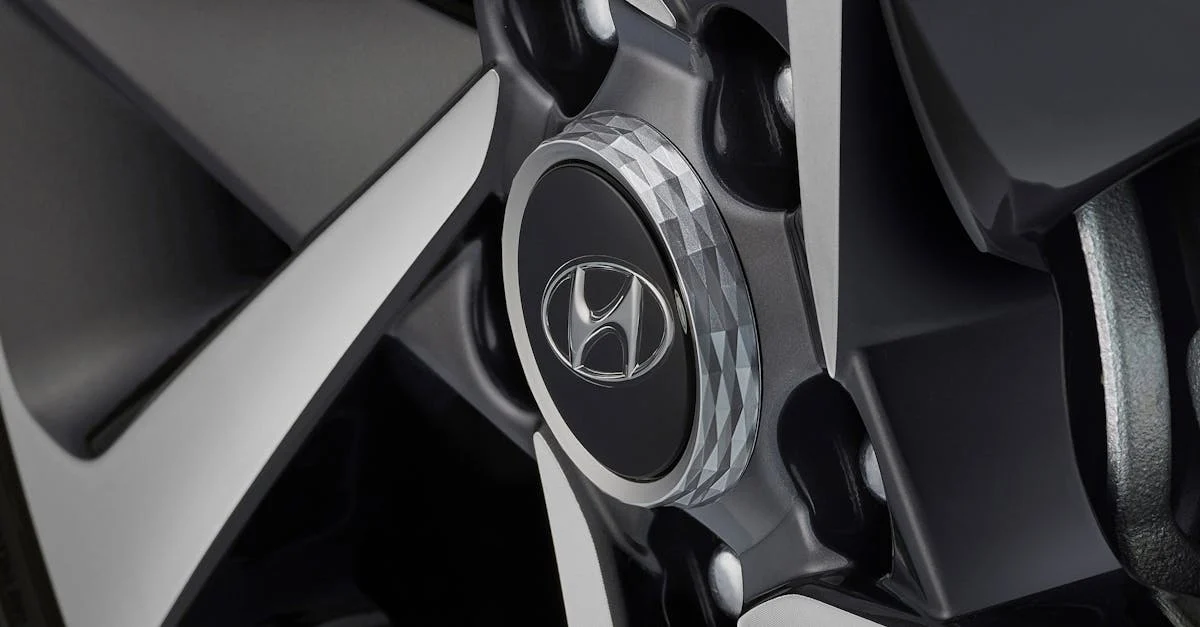The automotive industry is witnessing a transformative moment, driven by the innovative advancements of car manufacturers like Hyundai. As consumers demand smarter, safer, and more efficient vehicles, Hyundai technology emerges as a key player in shaping this future. From electric vehicles to cutting-edge safety features, Hyundai is not merely adapting to changes; it is actively defining the path forward. This evolution is not just about machines; it reflects a deeper understanding of human needs and environmental responsibilities.
Main Points
- Innovative electric vehicles leading to sustainable transportation.
- Advanced safety features enhancing driver and passenger security.
- Smart connectivity transforming the driving experience.

The Role of AI and Connectivity in Hyundai’s Innovative Vehicle Designs
Hyundai’s journey into the future significantly relies on AI and robust connectivity. These elements enhance vehicle performance and tailor personal experiences for drivers. Intriguingly, the integration of AI not only optimizes systems but also generates unforeseen opportunities.
- Real-time data: Vehicles gather and analyze information, improving navigation and safety.
- Smart features: AI powers innovations, such as voice recognition and adaptive driving systems.
- Remote connectivity: Owners can access vehicle settings through smartphones, enhancing security and convenience.
However, as we delve deeper into these technologies, questions arise about privacy and user dependency. Balancing innovation and user trust becomes paramount for Hyundai in this evolving landscape.

Exploring Hyundai’s Commitment to Sustainable Technologies and Environmental Responsibility
Hyundai demonstrates a steadfast commitment to sustainable technologies, integrating them into their production processes. They prioritize reducing emissions while advancing innovative electric vehicles. Additionally, Hyundai engages in environmental responsibility initiatives, focusing on community involvement and conservation. This holistic approach fosters a greener future, benefiting both consumers and the planet.
How Advanced Safety Features in Hyundai Vehicles are Reshaping Consumer Trust and Industry Standards
In recent years, advanced safety features in Hyundai vehicles have significantly influenced consumer trust. By integrating cutting-edge technology, these features not only enhance driver protection but also elevate industry standards. Consequently, consumers feel more secure, fostering a stronger brand loyalty. This shift reflects a broader trend towards prioritizing safety in vehicle design.
Conclusion
In conclusion, the rapid evolution of Hyundai technology demonstrates the company’s commitment to innovation and sustainability. This progress not only enhances the driving experience but also aligns with our growing need for environmentally friendly solutions. With each advancement, Hyundai reaffirms its role as a leader in the automotive industry, blending performance with eco-consciousness. I believe this journey will inspire other companies to follow suit. As we embrace these changes, we can look forward to a future where technology and responsibility go hand in hand.
Frequently Asked Questions
What are the key technologies employed by Hyundai in their vehicles?
Hyundai employs a variety of advanced technologies in their vehicles, including fuel cell technology, hybrid and electric powertrains, advanced driver assistance systems (ADAS), and innovative infotainment systems.
How does Hyundai’s SmartSense technology enhance driver safety?
Hyundai’s SmartSense technology enhances driver safety through a suite of features such as forward collision-avoidance assist, lane-keeping assist, and blind-spot monitoring, which help to prevent accidents and increase overall road safety.
Are Hyundai’s electric vehicles environmentally friendly?
Yes, Hyundai’s electric vehicles (EVs) are environmentally friendly as they produce zero tailpipe emissions and are designed to be energy-efficient. Additionally, Hyundai is investing in sustainable production practices and renewable energy sources to further minimize their environmental impact.

